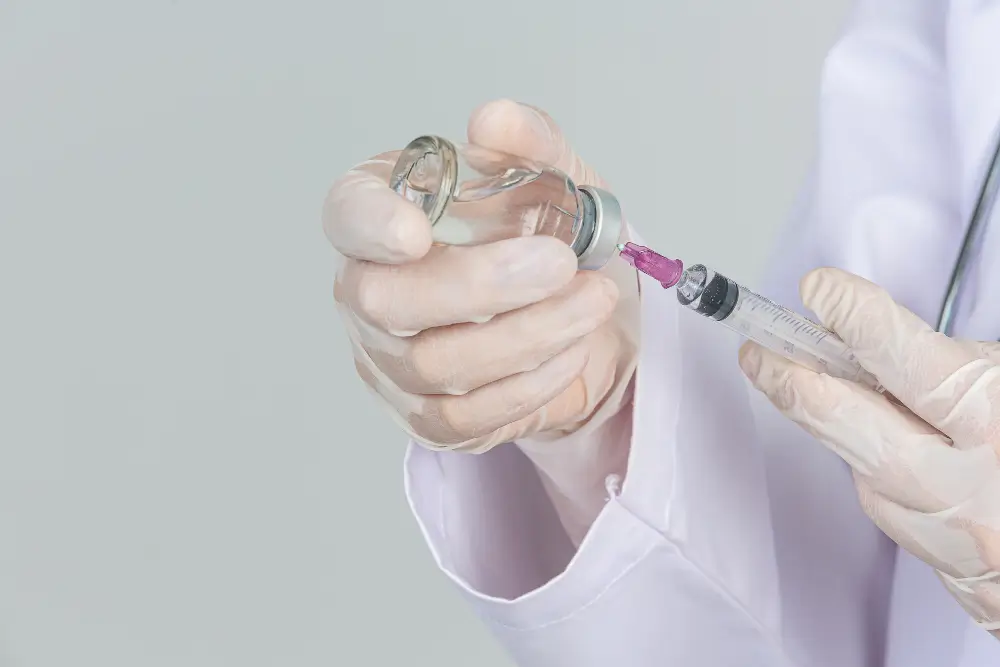Semaglutide has become one of the most wanted medications in the metabolic health world. Initially, it was used for diabetes treatment but now it is an advancement in the weight loss world. It helps in weight management ,glycemic control, and curbs appetite. As more individuals are approaching the powerful GLP-1 receptor agonist,they should also know about microdosing semaglutide. Whether you’re about to start semaglutide or planning it long term, it is necessary to understand the dosing key strategies. This helps you in achieving your desired goal and prevents any side effects.
In this blog, we will know about what microdosing semaglutide is, the benefits, and how to microdose semaglutide.
What is microdosing?
Microdosing refers to the small dosage of the drug and gradually increasing the dosage for long-term benefits. This approach is quite safe for so many individuals who are
- 1. Sensitive to medications or experiencing severe nausea or vomiting
- 2. Who takes the time to adapt the regimen
- 3. Those who have low BMI and glycemic index
Microdosing semaglutide is a good option if you’ve begun to notice small changes, like cravings returning, a stronger appetite, or increased anxiety about food. It’s also beneficial for people who have faced tough side effects from higher doses and are looking for a milder approach.
It’s a way to help your body adjust while you develop new habits. For some individuals, this process takes a few weeks; for others, it may take a few months. The focus should be on how your body reacts rather than how long you’ve been on this journey.
Personalized care is essential for long-term benefits. A knowledgeable practitioner in GLP-1 therapies can assess more than just your numbers; they’ll look at your feelings, hunger levels, digestion, and sleep to see how microdosing should progress.
Benefits of microdosing semaglutide
Microdosing semaglutide-MDP can help patients who face significant gastrointestinal side effects, which often happen with GLP-1RA treatments. By making small dose adjustments, doctors can improve how well the treatment works and how well patients tolerate it. Additionally, microdosing is particularly useful in situations that require flexible dosing, like after being discharged from the hospital or when dealing with an acute illness. It allows for reductions in dosage without needing a new prescription or refill, making it ideal for quickly adjusting treatment when necessary.
Transitioning to GLP-1RA: Microdosing can assist patients in easing into a new GLP-1RA by making small, gradual changes to the dose, which can enhance their response to treatment.
Adjusting Doses: Patients can safely increase or decrease their dosage in a controlled manner, helping to make necessary adjustments smooth and manageable.
Improving Tolerability: For those experiencing severe gastrointestinal issues, starting with microdosing and gradually increasing the dose can lead to better tolerability and help maintain the treatment plan without interruptions.
Cash Pay Options: For patients who pay out of pocket, it can help to make each pen last longer, thus lowering expenses and improving access when insurance isn’t available.
This approach highlights the benefits of microdosing semaglutide effectively. So, many individuals opt
How to microdose semaglutide?
If a prescriber and patient decides to start on microdosing semaglutide so they should know all existing evidence, protocols, and documentation to avoid any unwanted effects. The following are the parameters that should be followed for the microsing.
History:
The prescriber should fully assess the history, perform all tests of liver, kidney, HBA1C,blood glucose, and thyroid. This will help to avoid any interaction or side effects. Moreover, it also helps you to achieve your desired goal safely.
Dosing Plan & Safety Strategies:
Based on tolerance and results, some physicians choose to increase every 2–4 weeks. Another approach is achieved by counting the clicks of pens to get the most appropriate dosage.
An example of a microdosing schedule is as follows:
- In weeks 1-4, take 0.05 mg every week.
- For 5-8, take 0.1 mg every week.
- For weeks 9-12, take 0.2 mg a week.
- To reach the effective dose, increase the dose by 0.1 mg every 4 weeks.




